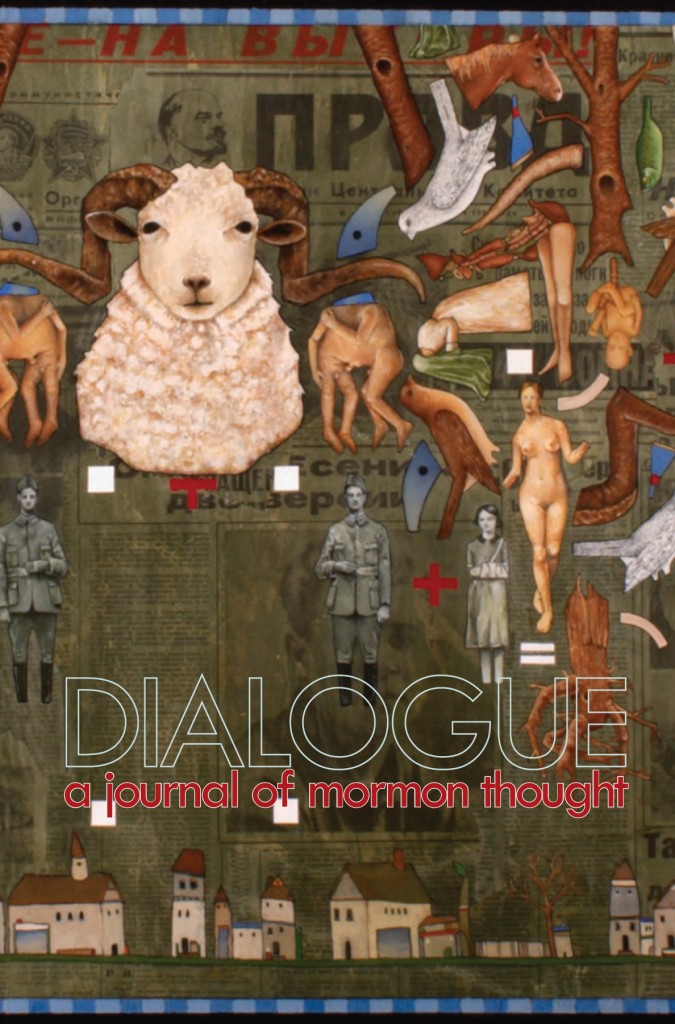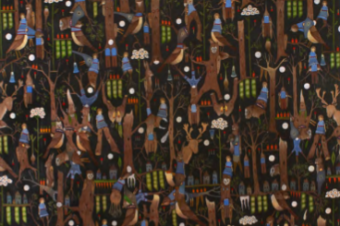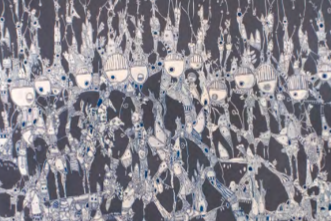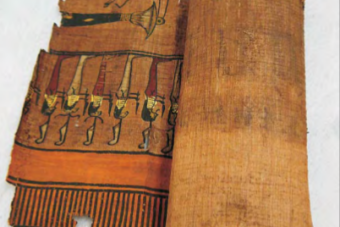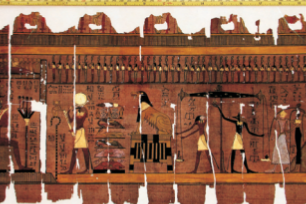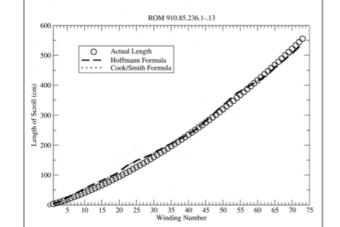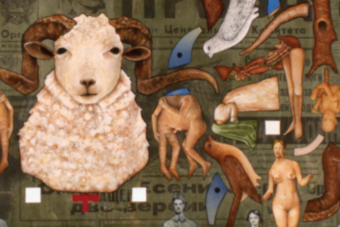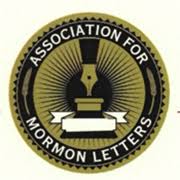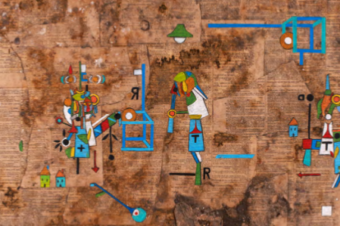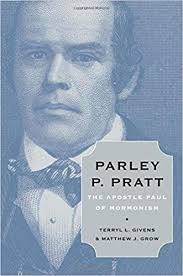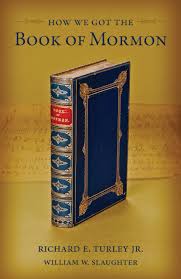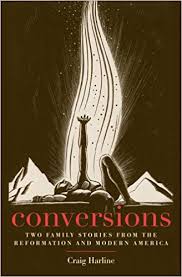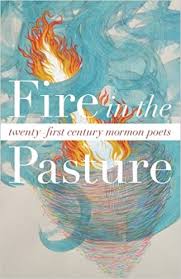When Edward Tullidge arrived in Utah during the late summer of 1861, one of his first actions was to write Brigham Young and state his “earnest desire” to enter the prophet’s service. “I care not in what form I am employed, within my capabilities, so that I am set to work by you,” he urged. A few months later, either out of worry that his original point wasn’t clear or because he wasn’t satisfied with the shoemaking job he had been assigned, he made a second, more detailed, plea: “From the time I came into the Church,” he wrote, “I fervently desired to live to see the Saints a great nation, and ranking in the first class of civilized society.” But witnessing wasn’t enough. He continued, “To desire to see this was in me also a desire to help it out. To be numbered among the workers-out of Zion’s social and national greatness, became my ambition.” Tullidge emphasized his activities of the past decade, especially his service as associate editor for the Millennial Star, Mormonism’s British periodical. He concluded the letter with a personal—and poignant—admission that next to his “ambition to do the work” was also “an ambition to gain your approbation and acceptance of my labours.”
Read more





